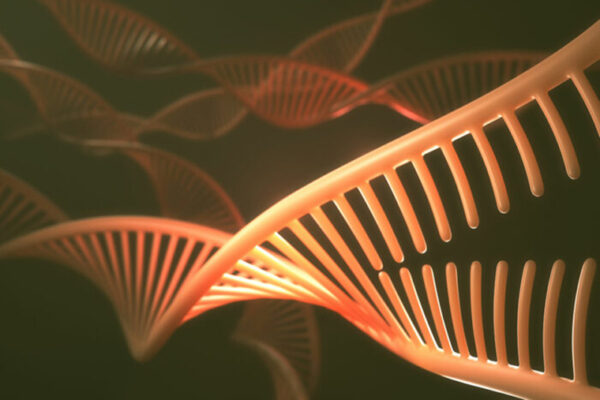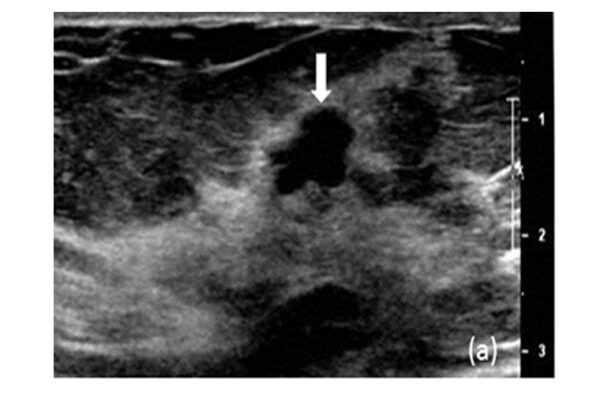The Food and Drug Administration (FDA) announced Oct. 23 a recommendation that manufacturers of breast implants include a boxed warning on implant packaging about the risks associated with the devices, including complications that may require additional surgeries and the development of a rare, sometimes fatal cancer. This past summer Allergan, a global pharmaceutical company, voluntarily recalled its textured breast implants because of links to the cancer, called breast implant-associated anaplastic large-cell lymphoma (BIA-ALCL).
The cancer, a form of non-Hodgkin lymphoma, can reside in the scar tissue and fluid near the breast implant and spread throughout the body, compromising the immune system.
The American Society of Plastic Surgeons has reported 779 cases of BIA-ALCL and at least 33 deaths worldwide since the implants were introduced during the mid-1980s. However, the numbers may be higher because the most recent figures were documented Sept. 3. The majority of implants associated with the incidents were manufactured by Allergan. The cancer has occurred in women who received the implants for cosmetic breast enlargement and for reconstruction after mastectomy for breast cancer.
Similar health concerns have prompted recalls of textured breast implants in other countries.
In a commentary about textured breast implants, published Oct. 23 in JAMA Surgery, Terence M. Myckatyn, MD, a professor of surgery in the Division of Plastic and Reconstructive Surgery at Washington University School of Medicine in St. Louis, recommends smooth-surfaced breast implants for cosmetic and reconstructive patients in his practice.
“In most cases, I believe that I can achieve equivalent results with either smooth or textured surface breast implants and that differential outcomes resulting from choosing one device over the other are imperceptible,” Myckatyn, a co-author, wrote in the piece. “I don’t see the value in subjecting my patients to the risk of BIA-ALCL, even if it is only 1 in 3,000. Equally important, I don’t see the value in subjecting them to increased anxiety related to their decision. That said, I recognize that there are specific situations where a textured breast implant may have value.”
Myckatyn conducts research on textured breast implants and is the senior author of a study published recently in Nature’s Scientific Reports on breast implants associated with the rare lymphoma.
He shared his expertise:
What advice do you have for women with textured breast implants?
Women who have textured implants do not need them removed. However, they should be monitored at least once a year, and those with implants should immediately contact their physicians if they experience symptoms such as excessive fluid retention around the breast implant, pain, swelling, asymmetry, lumps in the breast or armpit, skin rash or hardening of the breast. Symptoms typically develop seven to nine years after the implant insertion.
It is important to note that women with these implants should not panic. This type of cancer is highly treatable, primarily by removing the implants and scar tissues. It also is very rare. There are several statistics from databases in different countries, but the lifetime risk has been estimated to be 1 in 30,000 women, to 1 in 1,000 women, to the most often cited 1 in 3,000 women. To put it in perspective, the lifetime risk of women developing breast cancer is 1 in 8.
Can you explain the differences between textured and smooth breast implants?
The shells of breast implants can have a textured or smooth surface. The filler can be either silicone or saline. But this is not a silicone versus saline issue. This type of cancer is associated with the breast implant shell. The shells can be round or shaped like a teardrop. Round implants are typically smooth. But all shaped implants have textured shells that act like Velcro to prevent the implant from slipping. The tissues grow into the pores of an implant and secure it from rotating on its axis. This is one of the main reasons for using textured implants. However, most plastic surgeons in the U.S., including myself, use the round, smooth-shell implants. Textured breast implants account for less than 10% of sales here compared with more than 80% of sales abroad. I almost exclusively use round breast implants because I can achieve desirable results with a smooth surface implant. Although the risk for breast-implant-associated lymphoma is rare, I see no reason to subject my patients to potential health risks or to increased anxiety. That said, in certain instances, a textured implant may have value. For example, patients who have issues with one of the breast implants becoming misshapen but not the other breast.
Talk about your recent study looking at texturized breast implants?
The cause of breast-implanted-associated lymphoma is unknown. In the U.S. and all over the world, there haven’t been many studies, and some of the research we reviewed had holes in the scientific methodology. However, the thought has been that the textured surfaces of the breast implants invite potentially harmful bacteria to thrive in the shell’s nooks and crannies. The one bacterium that has been implicated is called Ralstonia picketii.
With this as our backdrop, Washington University researchers and collaborators from the University of Texas Health Sciences Center in Houston decided to look at the microbiome. We found Ralstonia in tiny trace amounts, and it was just as likely to be found on the breasts of patients with the cancer as those without. Ralstonia was not in the top 100 organisms that we found. The breast is a gland, so we expected to find a lot of bacteria — but we did not find a particular bacterium, or a class of bacteria, that could be associated with the lymphoma. I understand why that was a leading hypothesis. Some other cancers, such as gastric, are associated with a bacterium, and the cancer is treated by killing the bacteria. But that was not the case here.
Our findings are important because they show that unlike gastric cancers that can be prevented by eradicating certain bacteria with antibiotics, this rare lymphoma associated with textured breast implants cannot be prevented with antibiotics, but rather by avoiding textured surface breast implants.
Will you continue to study this problem?
We definitely plan to continue our research on this cancer. Some might think there’s no need to bother because it’s a highly treatable, rare cancer, and these implants have been recalled from future implantation. But already there’s been quite a bit of regulatory action, with the FDA and overseas in countries such as France and Denmark. Additionally, it’s important that we know the facts about the risk so we don’t panic unnecessarily. One unfortunate result is that unsavory plastic surgeons may prey upon women with textured implants, urging them to undergo a surgical removal. As I mentioned, this is not recommended for asymptomatic women. However, surgery exposes the women to unnecessary health risks, such as infections, as well as the costs associated with the procedure.
What will you look at next?
We’re looking at genetics. Specifically, we’re researching potential variations in the human genome that may cause the development of breast-implant-associated lymphoma.



